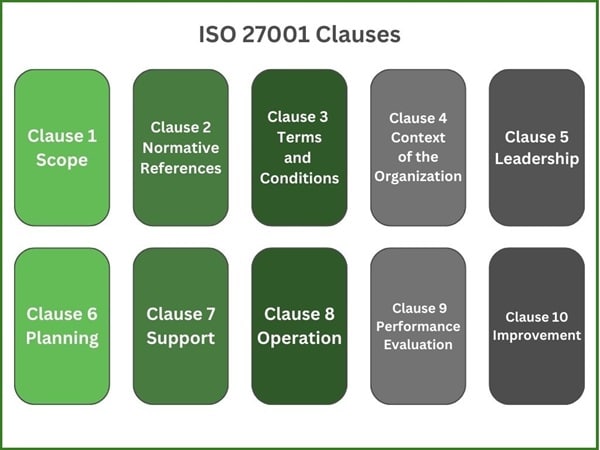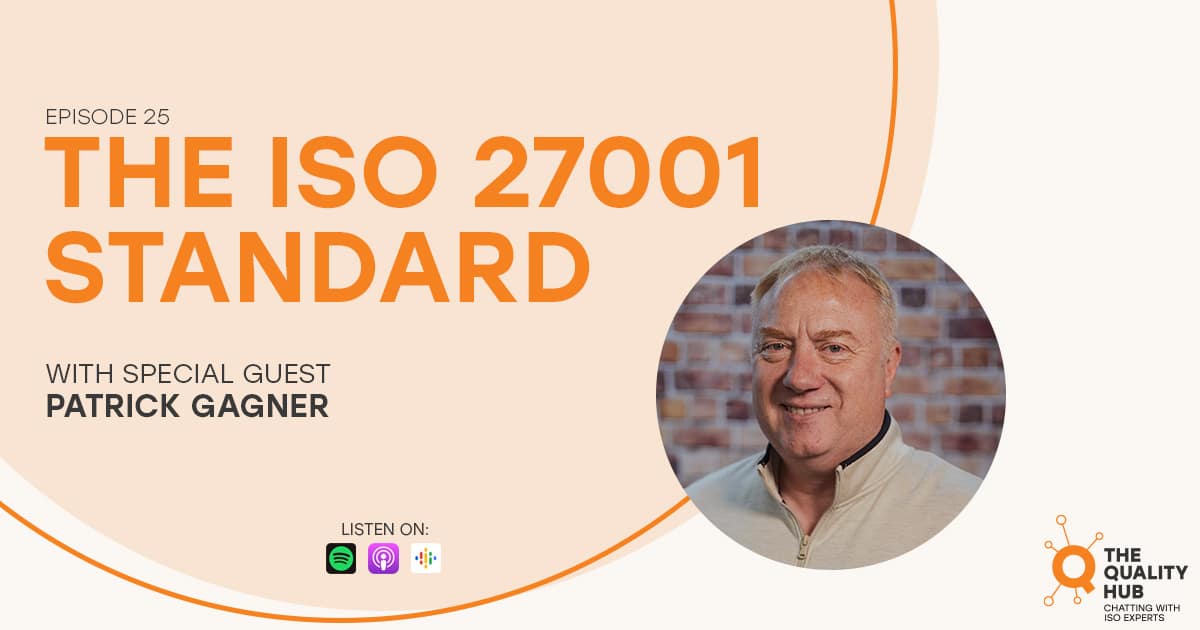ISO 27001 Clause 2 Explained
What is ISO 27001 Certification?
ISO 27001 certification is a globally recognized standard for managing information security. It establishes a systematic approach to securing sensitive data by implementing policies, procedures, and controls to safeguard the confidentiality, integrity, and availability of information.
This certification is designed for organizations of all sizes and industries, helping them protect data from unauthorized access, cyberattacks, and other security risks. Achieving ISO 27001 demonstrates that an organization has a comprehensive information security management system (ISMS) in place, ensuring that critical data is consistently protected and managed securely.
The ISO 27001 certification process involves a thorough audit by an independent, accredited body that assesses the organization’s ISMS against ISO 27001 requirements.
Get a Free Quote
What are the Requirements of ISO 27001 Clause 2?
ISO 27001 Clause 2 outlines the “Normative References,” which means it refers to documents or standards that are essential for the application of ISO 27001. Specifically, Clause 2 refers to ISO/IEC 27000, which provides the vocabulary and fundamental principles for the overall family of standards related to information security management.

In short, Clause 2 doesn’t have specific requirements for implementation itself but highlights that ISO/IEC 27000 is an essential reference to understand the terms and principles used within ISO 27001. Organizations seeking ISO 27001 certification are expected to be familiar with this reference document to properly interpret and apply the standard.
What’s the difference between ISO 9001 Clause 2 and ISO 27001 Clause 2?
The difference between ISO 9001 Clause 2 and ISO 27001 Clause 2 lies in the standards they reference.
ISO 9001 Clause 2 refers to ISO 9000 as its normative reference, which provides the fundamentals and vocabulary for quality management systems. ISO 9000 helps organizations understand the key concepts, definitions, and principles behind ISO 9001.
ISO 27001 Clause 2 refers to ISO/IEC 27000, which provides the vocabulary and principles related to information security management systems (ISMS). This document helps organizations understand the terminology and foundational concepts for applying ISO 27001.
In summary, both clauses direct users to essential reference documents, but ISO 9001 focuses on quality management, while ISO 27001 focuses on information security.
What are the Specific Objectives of ISO 27001 Clause 2?
ISO 27001 Clause 2, titled “Normative References,” has a specific objective: to guide organizations to relevant documents that provide essential information for understanding and implementing ISO 27001. The primary reference mentioned in Clause 2 is ISO/IEC 27000, which offers the necessary vocabulary and foundational principles for the family of standards related to information security management.
The objective of this clause is to ensure that organizations applying ISO 27001 have access to the correct terminology, definitions, and key concepts that are critical for the proper implementation of an Information Security Management System (ISMS). Essentially, it supports consistency and clarity in how the standard is interpreted and applied across different organizations.

How Much Time Does it take to get ISO 27001 Certification?
ISO 27001 certification takes 4 to 6 months to complete. If you are implementing multiple standards at the same time, it could take longer.
How Much Does it Cost to get ISO 27001 Certification?
Depending on the size and complexity of your company, it can cost between $18,000 and $23,000 to prepare for ISO 27001 certification.
Helpful Resources: The ISO 27001 Standard Podcast
In this episode of “The Quality Hub” podcast, host Xavier Francis interviews Patrick Gagner, a Cyber Consultant at Core Business Solutions, about the ISO 27001 and Information Security Management System. Pat explains ISO 27001 as an Information Security Management System (ISMS), emphasizing its risk-based approach to safeguarding information confidentiality, integrity, and availability. Listen Now
What is Annex A?
With ISO 27001 certification, Annex A plays a critical role as it provides a comprehensive list of information security controls that organizations can use to mitigate risks identified in their Information Security Management System (ISMS).

These controls are divided into 14 domains, each addressing different aspects of information security, such as access control, encryption, physical security, and incident response. Annex A helps organizations determine which controls to implement based on their unique risks and operational context, ensuring that the ISMS is customized to tackle relevant security issues.
It’s crucial to understand that Annex A is not a list of mandatory requirements but a selection of controls that organizations can adopt based on their specific circumstances. Through the risk assessment process, the organization identifies security risks and then selects controls from Annex A—or develops alternative measures—to manage those risks.
In essence, Annex A acts as a guide to ensure the organization has considered a broad range of security areas, offering a structured approach to protecting information’s confidentiality, integrity, and availability.
By using Annex A, organizations show a deliberate and organized method of managing information security as part of their ISO 27001 compliance efforts.
Customer Reviews


